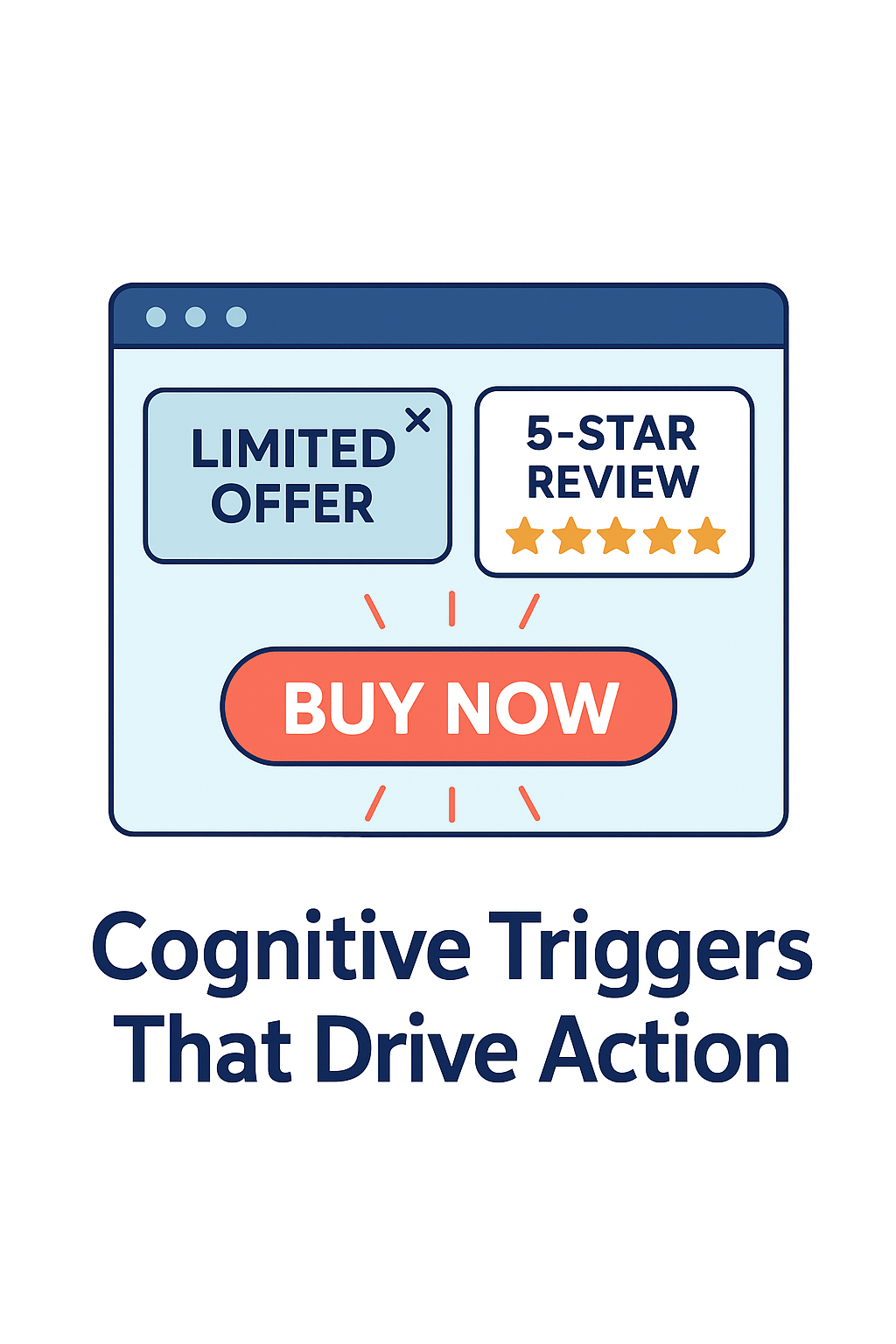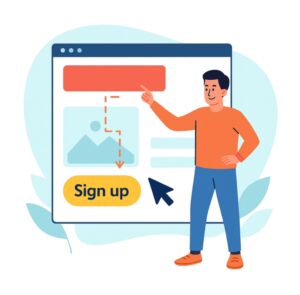From Bounce to Buy: How UX Psychology Converts Visitors into Customers
Understanding the Mind Behind Every Click – Every visitor who lands on your website brings a mix of curiosity, emotion, and intention. UX psychology taps into these subtle cues to guide users from awareness to action. The average attention span online is shrinking, so understanding how users think, scan, and decide has never been more important. Elements such as simplicity, familiarity, and visual consistency help users feel at ease and subconsciously increase trust. By aligning your design with human psychology—like placing key CTAs where eyes naturally rest or using emotionally resonant colors—you transform a passive visitor into an engaged user. At Ways of Web, we design with psychology in mind, ensuring every pixel nudges users closer to conversion without feeling forced or salesy.

Cognitive Triggers That Drive Action
The secret to an effective website lies in using cognitive triggers—subtle psychological techniques that motivate users to act. The Fogg Behavior Model, for example, explains that behavior happens when motivation, ability, and a trigger coincide. A persuasive headline, clear navigation, and visible call-to-action buttons can boost conversions significantly. Additionally, the principle of scarcity (like “Limited Time Offer”) or social proof (testimonials, reviews, client logos) establishes credibility and urgency. These micro-moments of decision-making can make the difference between a bounce and a buy. When implemented thoughtfully, cognitive triggers not only increase conversions but also create positive user experiences that build long-term loyalty.
Designing Visual Hierarchies That Guide the Eye
A successful design is not just about looking good—it’s about guiding attention. Visual hierarchy determines where users look first, second, and last. Eye-tracking studies show that people follow predictable patterns such as the F-patternand Z-pattern when scanning web pages. Strategic use of contrasting colors, bold typography, whitespace, and directional imagery can highlight important elements like CTAs or product features. For instance, placing a call-to-action button in a high-contrast color near the hero section draws immediate focus. At Ways of Web, we map these visual flows carefully, ensuring users intuitively know where to click next—resulting in a smoother, faster path to conversion.


Behavioral Design: The Subtle Art of Persuasion
Behavioral design merges aesthetics with psychology to influence decisions ethically. Using principles like consistency, reciprocity, and commitment, websites can encourage users to take action—like signing up, subscribing, or purchasing—while maintaining trust. When design aligns with user goals, every interaction feels natural, not manipulative. This balance of empathy and strategy is what sets a great website apart. At Ways of Web, we specialize in building interfaces that think like your users—boosting engagement, conversions, and satisfaction.
👉 Ready to turn your website into a conversion machine? Contact Ways of Web today and let’s craft experiences that convert.


